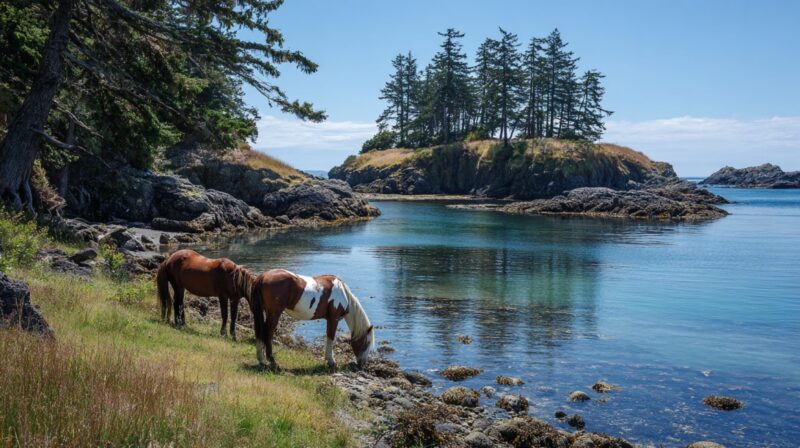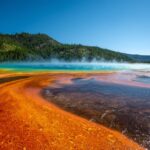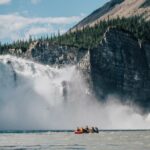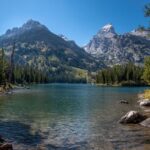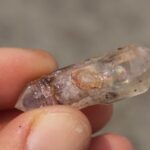Wild Horse Island State Park offers a rare opportunity for tranquility and scenic outdoor activities.
Located in Flathead Lake, Montana, the island serves as a sanctuary for wild horses and various forms of wildlife. Visitors can only access the park by boat, and it remains a day-use destination only.
Panoramic views, peaceful nature, and the chance to witness untamed creatures in their natural setting make every trip feel extraordinary.
Getting There
Reaching Wild Horse Island State Park requires foresight and preparation due to its boat-only accessibility. No public ferry service operates to or from the island, so all transportation must be independently arranged.
Private boat ownership or the use of licensed watercraft charters becomes necessary for those looking to make the trip.
Prior coordination with charter services is strongly recommended, especially during peak months when demand increases.
- Skeeko Bay
- Eagle Cove
- Driftwood Point
- Eagle Point
- Pikes Bay
- Rocky Point
No public docks are available, so boaters must be prepared for beach landings.
Avoidance of private property and unauthorized docks is mandatory, as many areas bordering the island are privately owned. Trespassing can result in penalties and jeopardize public use privileges.
Hiking Opportunities
Trail networks across the 2,160-acre Wild Horse Island provide varied routes for all fitness levels. Some trails weave through towering Ponderosa pine forests, offering shade and birdwatching opportunities.
Others traverse sunlit prairie grasslands or hug the shoreline for water views. Hikers often report a sense of isolation and serenity, free from the bustle of mainland parks.
- Loop trail to Eagle Cove: Ideal for spotting bighorn sheep
- Ridge ascent trails: Great for panoramic views of Flathead Lake
- Shoreline route to Skeeko Bay: Offers beach access and dense pine coverage
Maps detailing elevation changes, distance, and difficulty should be consulted before setting out. While trails are not heavily marked, landmarks like rock formations and changes in vegetation help guide the way.
View this post on Instagram
- Waterproof trail maps
- GPS device or compass
- Extra batteries or portable charger
Durable hiking boots and plenty of water will improve the overall experience. Observing silence and moving slowly increases chances of spotting wildlife while minimizing disturbance.
Wildlife and Nature Spotting
Five wild horses freely roam the island, typically moving in small groups through open fields and forested areas.
They descend from horses managed by the Salish-Kootenai people and remain semi-isolated, offering an authentic glimpse at unmanaged equine behavior.
Other wildlife draws both researchers and casual observers. Bighorn sheep navigate rocky outcrops with ease, and mule deer are often spotted grazing near open meadows. Overhead, bald eagles soar while falcons dart between trees.
The shoreline and inland prairie attract many bird species throughout the year.
- Wild horses – five residents known to inhabit the island
- Bighorn sheep – agile climbers seen near rocky areas
- Mule deer – often seen during early morning hours
- Bald eagles and falcons – active in the upper airspace
- Songbirds and waterfowl – common in grassy and shoreline zones
- Rare plant species – Palouse Prairie supports endangered flora
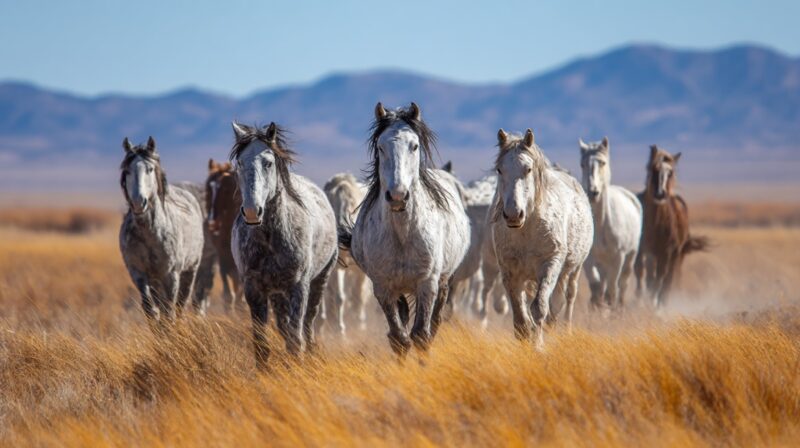
Picnicking and Day Use
Spending part of the day enjoying a picnic can be just as rewarding as hiking or wildlife viewing. Popular areas for setting up include open meadows with unobstructed lake views and shaded areas under large trees.
Visitors need to arrive fully prepared, as no food vendors, snack machines, or potable water are available.
Pack-in, pack-out rules apply across the island. Everything brought in must leave with you.
- Blanket or lightweight folding chairs
- Packed lunch and non-perishable snacks
- Cooler with ice packs
- Ample drinking water
- Trash bags and zip-seal containers for waste
Skeeko Bay hosts a composting toilet, which remains the only available restroom facility. No lockers or food storage units exist on-site, so all items must be monitored closely.
Given that the area lies within bear country, all food and waste must be handled responsibly.
- Never leave food unattended
- Store all items in bear-proof containers during breaks
- Dispose of all waste far away from trails or common areas
Avoiding wildlife-human conflict ensures continued safety for both species and visitors.
Park Rules and Visitor Tips
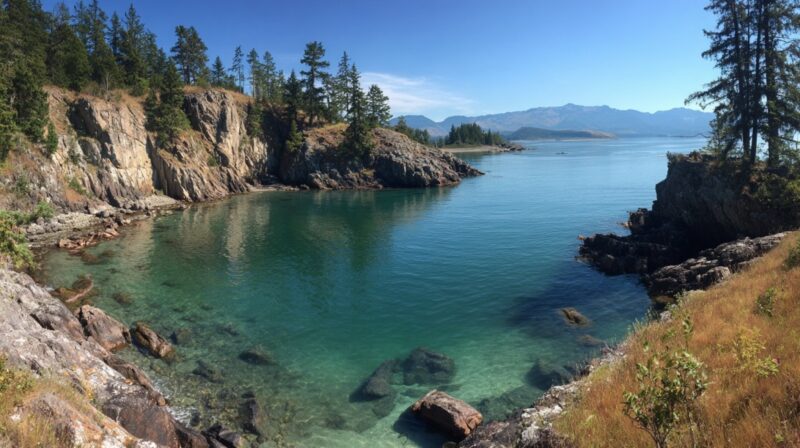
Conservation rules protect the ecological balance and visitor experience on Wild Horse Island. Visitors must observe several non-negotiable rules.
Pets are not allowed under any circumstances. Wildlife can become agitated or stressed by unfamiliar scents and behaviors.
Camping is prohibited. All visits must begin and end within daylight hours. The absence of designated campsites or shelters reinforces this rule.
- Groups over 15 people must obtain a permit
- Guided nature walks and school outings require advance approval
- Event-based gatherings are generally discouraged
Fishing enthusiasts must secure a tribal fishing license in advance, as the waters fall under Flathead Reservation jurisdiction. Catch limits and fishing methods are also regulated, and violations carry penalties.
Respecting the boundaries of private land helps maintain strong relationships between the park and local stakeholders.
Practical Planning Info
Best times for visiting typically fall between May and early October. Conditions are mild, trails are passable, and daylight hours are longer.
Summer weekends attract more traffic, so weekdays offer more solitude.
- Durable hiking boots
- Weather-appropriate clothing (layers recommended)
- Binoculars or camera
- Plenty of water (at least 2 liters per person)
- Sunblock and insect repellent
- Picnic food in sealed containers
- First-aid kit and bear spray
- Physical map of trail networks
Reaching out to Montana Fish, Wildlife & Parks provides the most accurate information for planning.
Local charter services also offer insights into recent animal activity, lake conditions, and expected visitor volumes. Arriving prepared allows for full immersion in the peaceful setting that defines Wild Horse Island.
The Bottom Line
Solitude, raw nature, and living wildlife encounters define the Wild Horse Island State Park experience. Few places offer such a rare combination of beauty and serenity.
Park officials encourage visitors to enjoy responsibly and leave no trace, helping future adventurers share in the island’s quiet splendor and ecological value.
Hello, my name is Harper Barton. The only thing I love more than travelling is writing about it. Sounds strange doesn’t it? But yeah, I adore writing and sharing my experiences about what I have experienced during my travels. Since I am a person who loves being a part of the community, I often write about local festivals with the goal of popularizing outside just small communities they come from.

